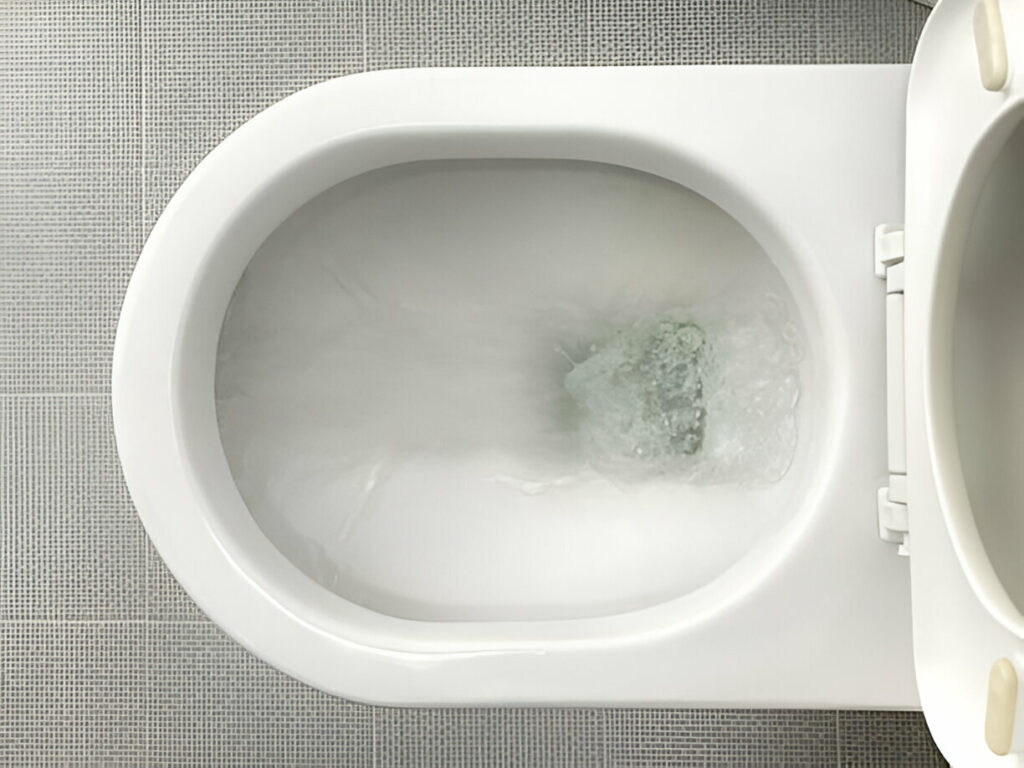A blocked toilet drain can be a major inconvenience in any household. It not only disrupts daily routines but also poses sanitation issues if not promptly addressed. Understanding the causes, knowing how to clear blockages, and implementing preventive measures are crucial for maintaining a functional plumbing system.
Common Causes of Toilet Drain Blockages
Toilet drain blockages can occur due to various reasons, often stemming from what is flushed down the toilet. Common culprits include:
- Excessive Toilet Paper: Using too much toilet paper at once can overwhelm the drain.
- Flushed Items: Items such as wet wipes, sanitary products, or even small toys can obstruct the drain.
- Hard Water Deposits: Mineral build-up from hard water can accumulate over time, narrowing the pipe diameter.
Signs That Indicate a Blocked Toilet Drain
Recognizing the early signs of a blocked toilet drain can prevent more serious issues. Look out for:
- Slow Drainage: Water draining slower than usual after flushing.
- Gurgling Noises: Bubbling or gurgling sounds coming from the toilet when flushing.
- Water Backup: Water rising to the top of the bowl or even overflowing.
DIY Methods to Clear a Blocked Toilet Drain
Using a Plunger
A plunger is often the first line of defense against toilet drain blockages:
- Choose the Right Plunger: Use a flange or ball-shaped plunger specifically designed for toilets.
- Plunging Technique: Place the plunger over the drain hole, ensuring a tight seal, and plunge vigorously up and down.
Using a Plumbing Snake
For more stubborn blockages, a plumbing snake (auger) can be effective:
- Safety Precautions: Wear gloves and eye protection.
- Insertion and Rotation: Insert the snake into the drain and rotate it to break up and remove the blockage.
Considerations When Using Chemical Drain Cleaners
Chemical drain cleaners can be effective but come with considerations:
- Effectiveness: They can dissolve organic matter causing the blockage.
- Safety: Chemical cleaners can be harsh and may damage pipes with prolonged use. Use with caution and follow manufacturer instructions.
Preventive Tips to Avoid Future Toilet Drain Blockages
Taking preventive measures can reduce the likelihood of experiencing toilet drain blockages:
- Proper Usage: Use toilet paper in moderate amounts and avoid flushing non-biodegradable items.
- Regular Maintenance: Schedule periodic plumbing inspections and cleaning to prevent build-ups.
When to Seek Professional Help
Certain blockages may require professional intervention:
- Persistent Blockages: If DIY methods fail or if blockages recur frequently.
- Strange Smells: Foul odors emanating from drains could indicate a deeper issue.
Eco-Friendly Alternatives for Unclogging Drains
For environmentally conscious individuals, several eco-friendly options exist:
- Baking Soda and Vinegar: A natural combination that can help break down minor blockages.
- Hot Water Flush: Pouring hot water down the drain can sometimes dislodge softer obstructions.
FAQs About Toilet Drain Blockages
- What should I avoid flushing down the toilet? Avoid flushing anything other than human waste and toilet paper to prevent blockages.
- How often should I use a plunger to prevent blockages? Using a plunger as needed when noticing slow drainage can help prevent blockages from worsening.
- Are chemical drain cleaners safe for pipes? Chemical drain cleaners can be effective but may damage pipes over time if used excessively. Consider alternatives for regular maintenance.
- What should I do if DIY methods don’t work? If DIY methods fail to clear a blockage, it’s advisable to call a professional plumber to assess and resolve the issue.
- Can regular maintenance prevent toilet drain blockages? Yes, scheduling regular plumbing inspections and adopting proper usage habits can significantly reduce the risk of toilet drain blockages.
Materials Needed:
- Plunger: Either a flange or ball-shaped plunger specifically designed for toilets.
- Rubber Gloves: To protect your hands.
- Bucket: Optional, for excess water removal.
- Old Towels or Rags: To protect the floor from spills.
Step-by-Step Guide:
1. Assess the Situation
- Identify the Blockage: Determine if the toilet is completely clogged or draining slowly.
- Turn Off Water Supply: Locate the water shut-off valve near the base of the toilet and turn it off to prevent overflowing.
2. Prepare the Area
- Protective Measures: Lay down old towels or rags around the base of the toilet to catch any spills.
- Wear Gloves: Put on rubber gloves to protect your hands from germs and bacteria.
3. Use a Plunger
- Position the Plunger: Place the plunger over the drain hole in the toilet bowl. Ensure it creates a tight seal around the opening.
- Apply Pressure: Push the plunger down gently at first to expel any air, then plunge vigorously up and down for about 20-30 seconds.
- Check Drainage: Lift the plunger and observe if the water begins to drain. Repeat the plunging process if necessary.
4. Flush and Test
- Flush the Toilet: Once the blockage is cleared and water drains freely, flush the toilet to ensure everything is flowing properly.
- Turn On Water Supply: If the toilet flushes correctly, turn the water supply back on to refill the tank.
5. Clean Up
- Dispose of Waste: Dispose of any waste and used materials appropriately.
- Sanitize: Clean and disinfect the plunger and any affected areas to maintain hygiene.
Tips and Considerations:
- Avoid Chemical Cleaners: While tempting, chemical drain cleaners can be harsh on your plumbing and the environment.
- Repeat if Necessary: Stubborn blockages may require several attempts with the plunger or a combination of methods.
- Call a Professional: If DIY methods fail or if you suspect a more severe issue, it’s advisable to contact a plumber for assistance.
Conclusion!!
Dealing with a blocked toilet drain promptly and effectively is essential to maintain a functional plumbing system and ensure household hygiene. By understanding the causes, recognizing the signs, and employing appropriate remedies, homeowners can manage and prevent toilet drain blockages effectively.




